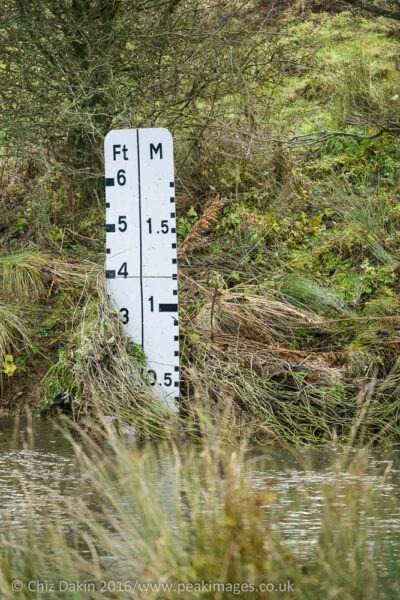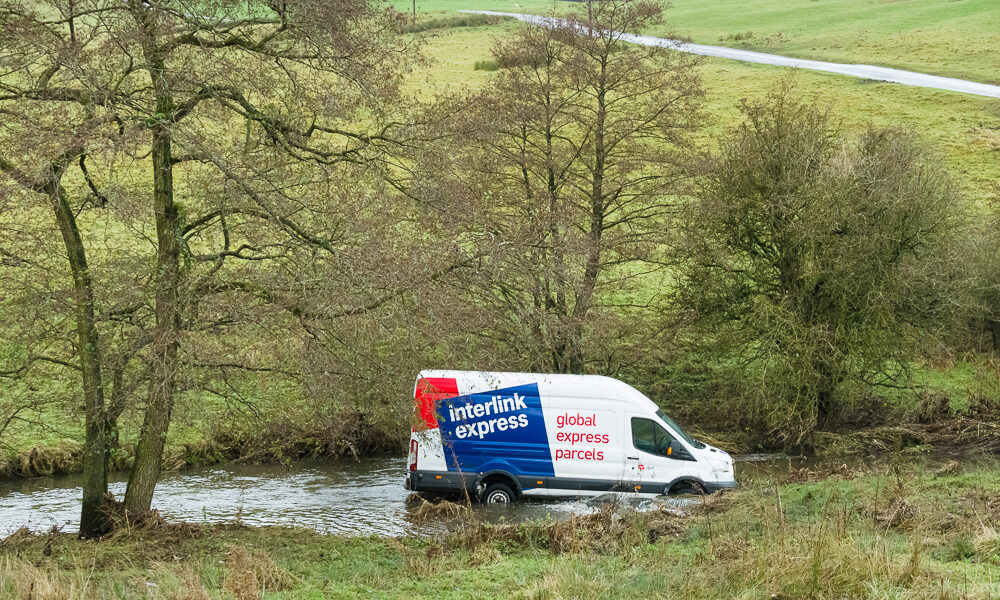
The Environment Agency and AA state that even 30cm of water can sweep away a car, especially if fast-flowing (as this was).
What to do if you encounter a flood or ford?
- Don’t assume that a ford is always safe to cross – always check the depth and flow of water before crossing.
- Is there a safer route avoiding the flood? Take it if you can.
- Watch both the path and progress of oncoming vehicles to see how they fare – and make your choices accordingly.
- If the water is stationary, don’t become a boat! In other words roughly half way up the wheels (and definitely below the sill of the door) is a reasonable maximum level to risk, any higher and your risking floatation. But make sure you know there are no potholes, failed verges, or dips which will make the depth deeper at any point on the journey across the flood! If you can’t see it’s clear, it really is best not to risk it.
- If in circumstances where the locals are used to deeper conditions than 10-15cm (as I encountered in Australia and Iceland) watch several vehicles cross first, pay very close attention to their lines, how their vehicle differs from yours and ask for advice from the locals. Psychologically, one foot of water may well feel like one metre when you’re actually driving through it.
- If the water is running, take extreme care if it is moving at any greater speed than a slow lazy meander. It really can’t be said too strongly just how strong the force of moving water is – even at low depths. And even greater caution on depth than if its still.
- Know where your engine’s air intake is – the lower the intake, the greater the risk you’re taking on shorting the electrics or damaging the engine
- Keep the engine revs up, and the speed down. 1-2mph is a good speed, a fast walking pace is getting too fast.
- Don’t stall. You almost certainly won’t restart again.
- If you make it through the water, do test your brakes afterwards, they may need a bit of light use to dry out.

